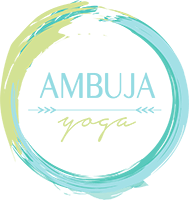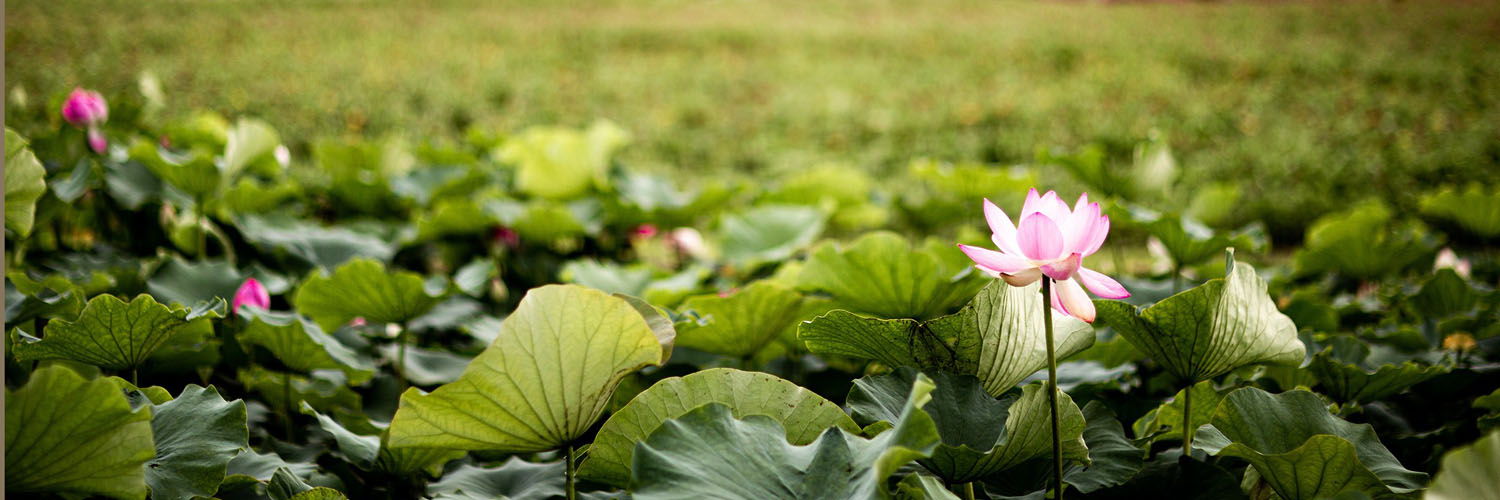Lotus Seal
Padma mudra is known as the lotus mudra or lotus seal because it resembles a blossoming lotus. It is a beautiful mudra to incorporate into any meditation or asana practice. In Sanskrit, Padma is commonly translated simply as lotus, but my favorite translation is “sacred lotus”. The sacred lotus is a reminder of the divine within and it’s a way that we can honor our own inner beauty and light and our ability to rise above the darkness of the muck and mire.

Lotus Mudra Symbolism and Imagery
Lotus symbolism and imagery is common throughout Hinduism, Sikhism, Jainism and Buddhism. A lotus flower takes root down in the muck and mud and rises up through the water to blossom unscathed at the water’s surface. You can think of the path of the lotus as the journey to enlightenment. It is the journey from the darkness to the light.
The mud and muck represent our ego, our habits, our stories, our samskaras, our vasanas, our dramas. It represents life’s challenges, our shadow, and even inertia. The water through which the lotus must rise is cleansing and purifying. It is our yoga practice and our personal development. It takes action and awareness. The lotus flower’s rise from the muck up to the water’s surface requires action, and fortitude, it is a period of growth. And the fully bloomed flower represents our fully awakened self. Pure and beautiful.
Padma mudra is often associated with the Hindu goddess Lakshmi. Lakshmi is the shakti of all types of good fortune and abundance, both spiritual and material. She graces us with the gifts of auspiciousness, grace, compassion and love.
The Lotus Mudra opens our heart chakra to receive love, grace, compassion and abundance. When I notice that I’m starting to pull away from loved ones or pull away from experiencing love I find Padma Mudra to be a helpful reminder to lean in, even if it’s a little uncomfortable. Love is always worth it.
How to Practice Padma Mudra

To practice padma mudra, bring your hands to anjali mudra, or prayer mudra, in front of your heart center with the palms of your hands touching. Keep the heels of your palms touching, your pinky fingers touching and your thumbs touching as you peel the palms of your hands, index, middle and ring fingers away from one another. The three middle fingers of each hand blossom away from one another like a lotus flower in bloom. Hold the mudra for five to ten minutes although it’s perfectly acceptable to hold the mudra longer.
Two Meditation Practices for the Lotus Mudra
One of my favorite lotus mudra practices puts a little spin on the traditional mudra. Sianna Sherman calls it prayer wheel padma mudra. I personally like to add either pranayama or mantra to this version. I’ll explain it briefly below:
From a traditional version of padma mudra, you begin to spin the fingers away from your torso, you roll to the backs of the hands until the pinky fingers touch again and then come back to lotus mudra. I often incorporate this version into my Lakshmi practice and chant “Om shrim maha Lakshmyai namaha” or simply Lakshmi’s seed sound “shrim”. I will often do 27, 54, or 108 rotations.
Another Lotus Mudra practice that I’ve been feeling called to share is a moving meditation that connects the mind to the wisdom of the heart. Here you can start with the hands in Padma Mudra at the heart center. As you inhale allow the mudra to float up to your Third Eye Chakra at the center of your brows. As you exhale, allow the hands to return to the space of the heart. This mudra practice can take you out of the thinking, analyzing, judging mind and into the wisdom of the heart. I like to do this practice when I need clarity on what is best for my higher self or when I need to work on trusting my own inner wisdom which is always rooted in love.
Benefits of Padma Mudra
- Padma Mudra helps you remember that your very essence is love, radiance, and bliss.
- the lotus seal inspires purity and perseverance
- Reminds you of your own inner beauty
- It is calming to the mind
- Opens the heart chakra to love and compassion
Affirmations for Padma Mudra
I rise above life’s challenges with ease and grace.
My inner light shines brightly.
My heart is pure.
My Mudra book is now available on Amazon. If you’re looking to expand your mudra and meditation practice it is packed with 30 mudra meditations for healing. I would be honored if you checked it out!
As always, I am here to support you. Please feel free to reach out with questions any time.
Love and Light,
Autumn

 Ambuja Yoga
Ambuja Yoga 













